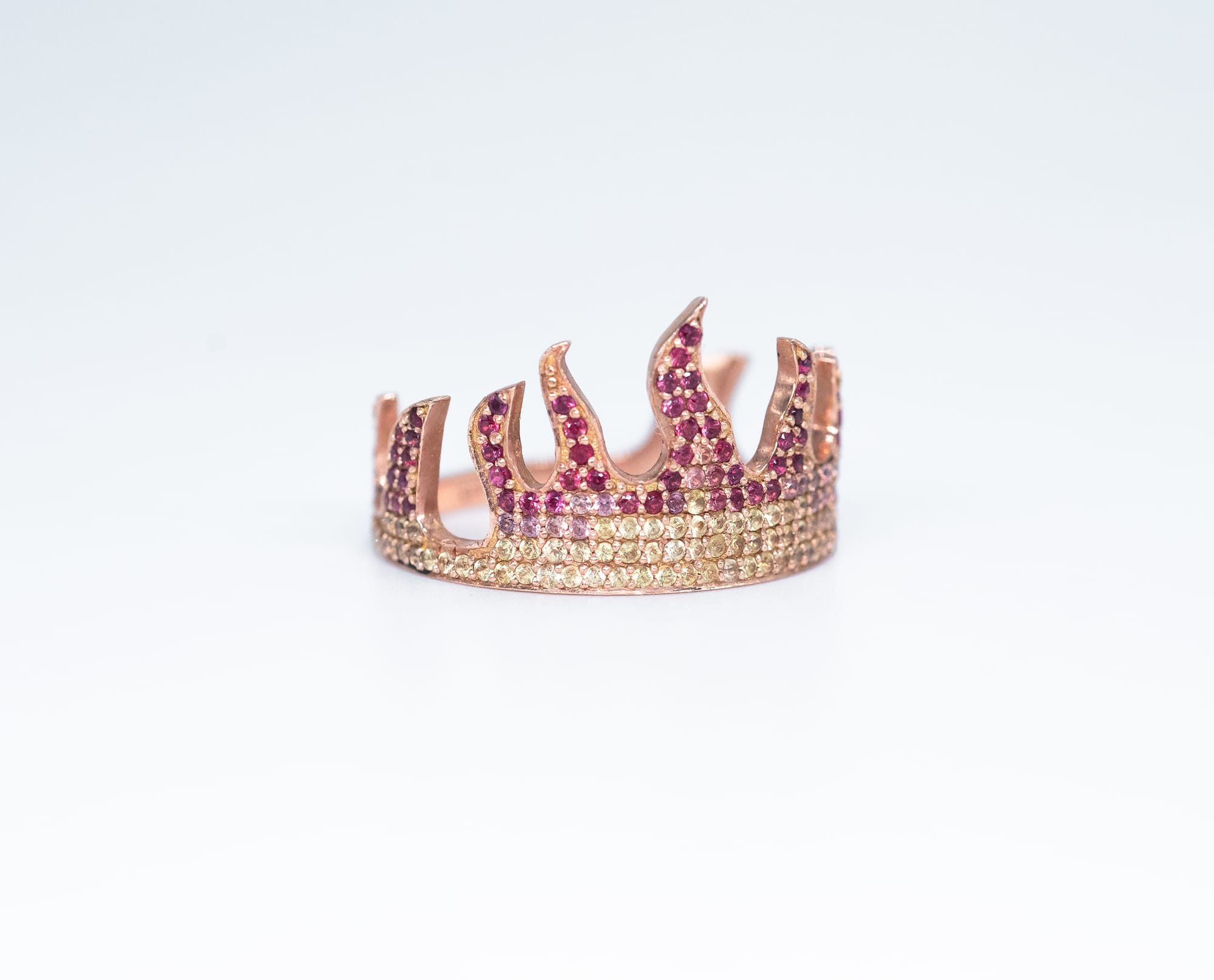Gemstones: A World of Beauty and Luxury

Gemstones: Nature’s Legacy of Beauty and Meaning
Gemstones have been admired for thousands of years - not only for their stunning beauty but also for their cultural and historical value. These natural treasures have maintained their charm across generations, often symbolizing wealth, status, and personal success. Each gemstone is the result of a complex natural process that gives it its unique characteristics - color, clarity, hardness, and brilliance.
Types of Gemstones
Gemstones belong to different mineral families, each with its own distinct features. Some of the most popular types include:
1. Diamond – The hardest natural material on Earth, formed under extreme pressure deep within the Earth’s mantle. Known for its dazzling brilliance, diamonds are a cornerstone of high-end jewelry.
2. Sapphire – A durable and stunning gemstone that comes in various colors, though most famously in deep blue. It’s prized for its strength and elegance.
3. Ruby – A vivid red gemstone known for its fiery glow. Its color comes from the presence of chromium. While rubies and sapphires belong to the same mineral family, the rich red tone makes ruby especially desirable. The deeper the red, the more valuable the stone.
4. Amethyst – A purple variety of quartz, considered softer than other gemstones. It has a rich spiritual history and has been used in religious and ceremonial settings.
5. Garnet – A family of gemstones ranging from deep red to green. Garnets are widely appreciated and often found in both classic and modern designs.
6. Aquamarine – A light blue-to-green gemstone from the beryl family, often associated with clarity, calmness, and spiritual connection.
7. Pearl – Technically an organic gem formed naturally in mollusks. Pearls come in white, gray, or golden tones and are a timeless choice in elegant jewelry.
Where Do Gemstones Come From?
Gemstones are mined all over the world, with geological conditions in each location influencing the stone’s quality and appearance. Key mining regions include:
• India & Sri Lanka – Major sources for sapphires, rubies, and garnets.
• East Africa (Kenya & Tanzania) – Known for colorful gemstones, including tanzanite.
• Myanmar (Burma) – The world leader in high-quality rubies.
• Brazil – Renowned for aquamarine, amethyst, and topaz.
• Australia – A significant source of diamonds, especially colored ones.
• Colombia – The most famous source of emeralds and rubies.
What Affects Gemstone Prices?
Like all fine jewelry, gemstones vary in value depending on their characteristics. Gemstones are graded by quality markers such as color, clarity, size, and hardness.
• Premium gemstones like diamonds, rubies, and sapphires are more valuable due to their rarity and strong visual appeal.
• Semi-precious stones like amethyst, garnet, or aquamarine are more affordable but still widely appreciated in fine jewelry.
What Makes Gemstones Unique?
Key factors that set gemstones apart include:
• Hardness – Measured on the Mohs scale, this determines a stone’s resistance to scratches. Diamond scores a perfect 10, while pearls are much softer.
• Color – Some gemstones display intense colors like ruby red or sapphire blue, while others are more subtle but equally beautiful.
• Brilliance – Refers to how well a gemstone reflects light. Diamonds are known for their unmatched sparkle.
• Inclusions – Natural imperfections within the stone can affect its clarity and value. Flawless stones are rare and highly prized.
Famous Gemstones in History
Some gemstones have become legendary for their beauty, size, and history:
1. The Hope Diamond – A 45.52-carat blue diamond, famous for its mysterious past and “curse,” valued at over $200 million.
2. The Orléans Ruby – A 135.8-carat ruby once owned by the French royal family, among the largest known rubies.
3. Catherine the Great’s Amethyst – A regal purple gem that belonged to Russia’s famed empress.
4. The Cambridge Emerald – A 1,383-carat emerald, one of the largest and most prestigious in the world.
5. The St. Catherine’s Topaz – A legendary blue topaz said to have been discovered in an ancient Syrian cave, steeped in Eastern folklore.
Gemstones are far more than beautiful stones—they’re timeless symbols of luxury, uniqueness, and personal expression. Each one carries a story of culture, nature, and geological wonder. Whether it’s a colorless diamond or a fiery ruby, every gem offers something extraordinary: a fusion of beauty, tradition, and meaning.